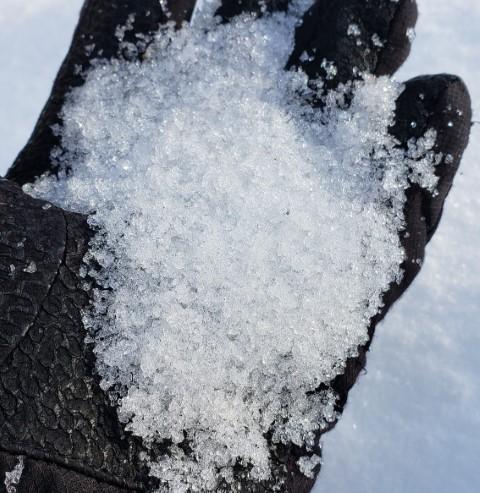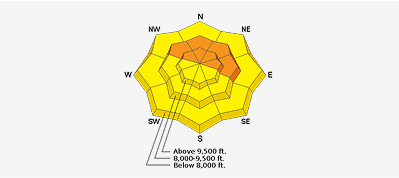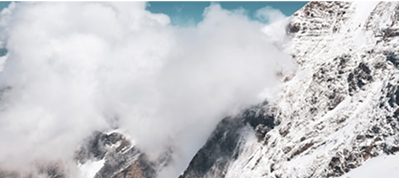We dug into a test slope near the boundary creek yurt avalanche from last week. There is a beautiful progressively denser snowpack (from F at the top to pencil at 80cm depth). Unfortunately from 80-100 is a layer of persistent basal facets that you could put in a textbook. This layer failed and propagated at ECT 13 but did not shear (34 degree test slope). The layer is obviously weak, I didn't take any comfort in the fact that the column didn't shear cleanly. The only way to deal with this problem is to stay off of slopes steeper than about 30 degrees, especially large open ones. We were able to ski the slope by paying attention to slope angles and always opting for the conservative line or part of the hill. The next time a significant load is added to the snowpack, I wouldn't even do that. The facets have not bonded significantly at all since being buried, and I would expect them to continue to produce large avalanches for weeks to come, probably for the rest of the winter. I am calling the hazard "considerable", although this is limited to steep slopes facing North. It just doesn't feel right to call it "moderate" with such a poor structure that could easily produce large avalanches still. There is air and ball bearings at the bottom the snowpack. Vigilance is required. Hazard is low on slopes less than 30 degrees steepness.







